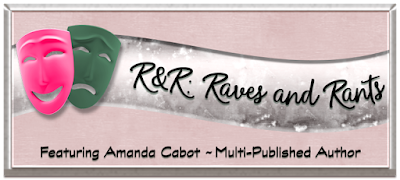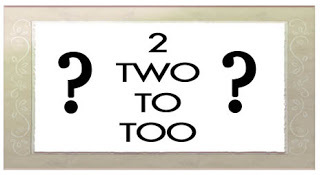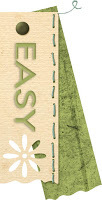R & R ~ Raves & Rants For August, The Troublesome Twos

The Troublesome Twos
I need to start with a confession. Despite the title, this post is not going to discuss the number two. Instead, we’re going to explore the various uses of the word “to” and its sibling “too.” Although I’ve seen errors, particularly the misuse of “into” and “in to,” I hadn’t realized that there was confusion about simple “to” versus “too” until another writer mentioned that her critique group questioned her use of both words.

Let’s start by looking at a paragraph where I’ve used both words multiple times but for different purposes.
It was ten to six on my trip into Manhattan to visit a museum when I ran into a friend standing next to the doorway of a famous restaurant. He asked me to come in to sit at his table and pointed to the single red rose in the center of the table. “Don’t you think that’s a little too much of a cliché? Maybe I should ask for a white rose too. Just to make it more interesting.”How many instances did you find for each of these “to” functions:
Indicate direction or positionIndicate position in timeCreate an infinitiveMy counts are two, one, and four. And that’s only scratching the surface. If you look at your dictionary, you’ll discover there are numerous other ways “to” is used.
What it’s not used for is to indicate excess or as a replacement for the word “also.” That’s where “too” comes into play. If you reread my sample paragraph, you’ll see that the first time I used “too” was to indicate excess, the second instead of “also.”

Easy, right?
Although it ought to be just as simple, there seems to be confusion about when to use “into” rather than “in to.” “Into” is a preposition, and prepositions need to be followed by nouns. That’s why I wrote “into Manhattan” and “into a friend” in my sample paragraph.
“In to” is very different. In this case, “to” serves the function of creating an infinitive, which means that it must be followed by a verb, while “in” can be considered shorthand for “inside” or “indoors.” Here’s an example: I inadvertently bumped into the door when I came in to turn on the oven.
Clear? I hope so. I also hope you’ll come back next month. We’ll be talking about clauses then, and, no, I don’t mean Santa and Mrs.
~Amanda
 A lifetime of reading and writing, not to mention a host of teachers who believed that good grammar was one of the essentials of life, have given Amanda Cabot such firm opinions about the printed word that I asked her to share some with us in her Raves and Rants posts. Although her working career was in Information Technology, Amanda achieved her dream of selling her first novel before her thirtieth birthday and is now the author of more than thirty novels as well as a number of books and articles for Information Technology professionals.
A lifetime of reading and writing, not to mention a host of teachers who believed that good grammar was one of the essentials of life, have given Amanda Cabot such firm opinions about the printed word that I asked her to share some with us in her Raves and Rants posts. Although her working career was in Information Technology, Amanda achieved her dream of selling her first novel before her thirtieth birthday and is now the author of more than thirty novels as well as a number of books and articles for Information Technology professionals. Her most recent release is A Borrowed Dream, the second of the Cimarron Creek trilogy.

Find all of Amanda's books, newsletter info and social media links here.
Tweet
Published on August 12, 2018 23:30
No comments have been added yet.



